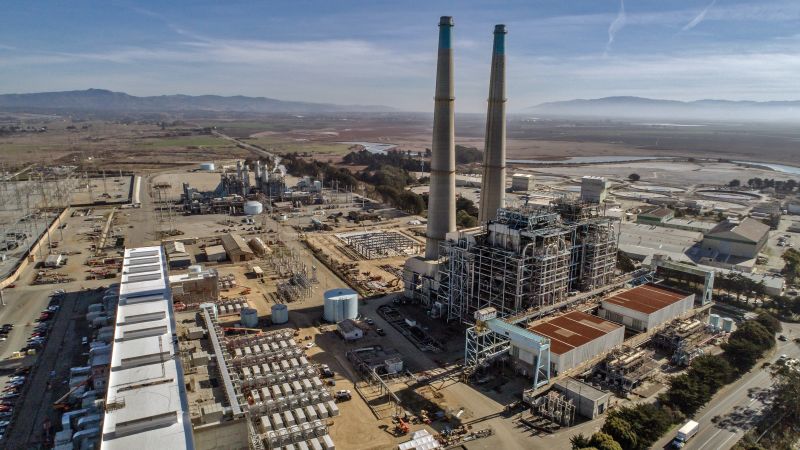Wall Street is increasingly turning its attention to the utility sector, which has seen a 14% gain in 2024, making it one of the best-performing categories. Previously, utility stocks had experienced a downturn in 2023, losing more than 10% as investors favored big tech stocks. However, with the market leadership of big tech waning, investors are now looking for cheaper alternatives, with utilities being seen as essential for powering the infrastructure needed for artificial intelligence (AI).
Utility stocks are currently trading at a lower multiple compared to the S&P 500 and information technology, making them an attractive option for investors. The demand for electricity to power AI technologies is expected to increase significantly, with the International Energy Agency predicting a tenfold rise in AI-related electricity demand by 2026. Additionally, the defensive qualities of utility stocks have made them appealing to investors who are wary of potential changes in interest rates by the Federal Reserve.
While some investors are bullish on utility stocks, not everyone is convinced of their long-term growth potential. Despite recognizing the upside potential, some analysts remain neutral on the sector, pointing out that the growth trajectory of utility companies may not match up to the explosive growth seen in tech companies like Nvidia and Super Micro Computer. However, for those looking for defensive plays and potential infrastructure investments, utility stocks are becoming a more popular option.
Inflation in the United States cooled down in April, providing a glimmer of hope for consumers grappling with rising prices. Consumer prices rose 3.4% for the 12 months ending in April, slightly lower than the previous month. This slowdown in inflation was driven by a decrease in grocery prices, while rising gasoline and housing costs continued to put pressure on inflation. Core CPI, which excludes volatile categories like energy and food, also showed a decrease in the inflation rate, signaling some progress in curbing price increases.
Pop superstar Taylor Swift’s “Eras Tour” is expected to significantly boost spending in the United Kingdom, with estimates suggesting a nearly $1 billion injection into the economy. Barclays predicts that nearly 1.2 million fans will attend Swift’s shows, spending an average of £642 ($810) on travel, accommodation, and other expenses. The phenomenon, termed as “Swiftonomics,” highlights the economic impact of Swift’s global tour, with fans willing to spend significant amounts on tickets and related expenses.
Overall, the shift towards the utility sector on Wall Street reflects changing investment strategies and the growing importance of infrastructure for powering AI technologies. As investors seek alternatives to pricey tech stocks, the defensive qualities and potential growth opportunities in utilities make them an attractive option. With inflation showing signs of cooling and major events like Taylor Swift’s tour driving economic activity, the financial landscape is dynamic and diverse, offering investors a range of opportunities to consider.


